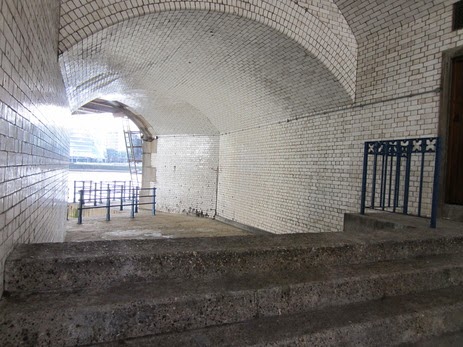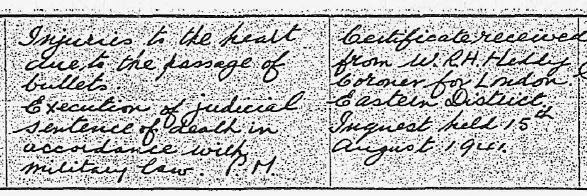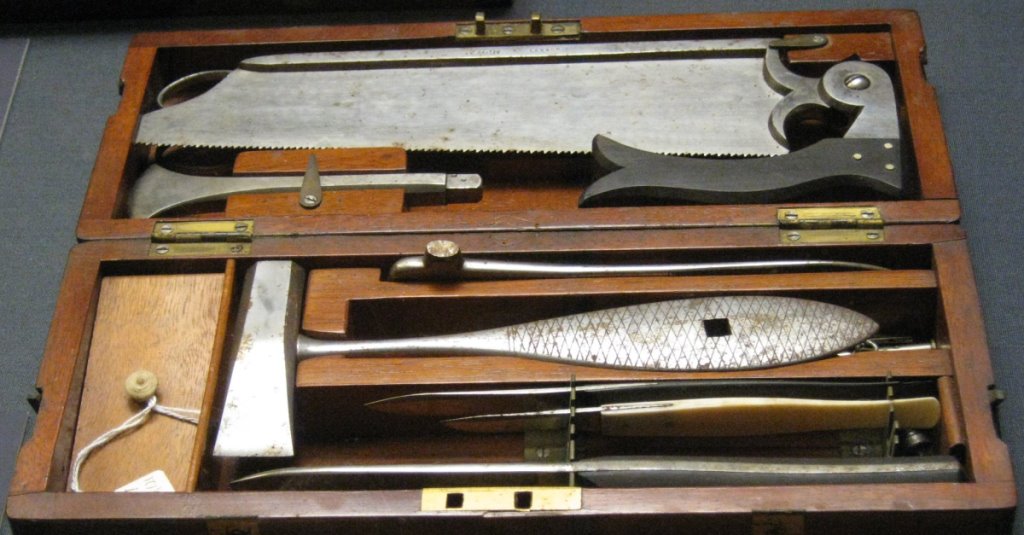Josef Jakobs was executed by firing squad at 7:12 am on Friday 15 August 1941, at the Tower of London. After the execution, a post-mortem was conducted and on Monday 18 August 1941, Jakobs was buried at St. Mary’s Cemetery in Kensal Green.
There is some uncertainty as to who conducted the post-mortem on Jakobs. Several sources mentioned that the famous pathologist, Sir Bernard Spilsbury, conducted the post-mortem, while other sources indicated that East London Coroner W.R.H. Heddy did the honours.
Update 2017 03 05 – I’ve since learned that the pathologist would have conducted the post-mortem while the coroner oversaw the legalities of an inquest (was it a legal execution, etc.). So the answer to the questions is: Spilsbury did the post-mortem, Heddy oversaw the legal inquest into the death
The Case for Sir Bernard Spilsbury
In 1976, After the Battle Magazine published one of the first substantial articles on Jakobs. The editor, while not having access to the classified MI5 documents, pieced together quite a bit of Jakobs’ story. According to the magazine:
Jakobs’ body was taken to the old mortuary which lies directly beneath the northern approach to the Tower Bridge, where Sir Bernard Spilsbury;carried out a post-mortem.

Five years later, Nigel West published his ground-breaking book on MI5 which also noted:
Jakobs’ body was then carried to the Tower mortuary in the moat where Sir Bernard Spilsbury carried out a post-mortem. He certified the cause of death as ‘injuries to the heart due to the passage of bullets’.
Sir Bernard Spilsbury was a famous forensic pathologist in London who was involved in the autopsies of many of the World War II spies. His presence at Jakobs’ post-mortem would simply follow the pattern that had been set with earlier spies who had been executed. A few decades later, Stephen Stratford included some information on Jakobs on his website which is focused on British Criminal & Military History (see References below). According to Stratford:
Later that day [August 15], a post-mortem was performed by Bernard Spilsbury. One shot had hit Jakobs in the head, the other seven had been around the target area. An inquest held that afternoon decided that Jakobs had died of “Injuries to the heart caused by the passage of bullets”, and the inquest verdict was “Execution of judicial sentence of death in accordance with military law”.
This site added a new twist to the information on Jakobs, stating that one of the shots had hit Jakobs in the head. Stratford gave no specific reference for this information. In 2006, Colin Evans published a book on Bernard Spilsbury, entitled Father of Forensics. Evans noted that:
[Bernard Spilsbury] was involved in a historical curiosity when he autopsied Josef Jakobs, the last person to be executed in the Tower of London. Unlike all the other spies condemned to death in World War II, Jakobs was not hanged but shot… Later that day, a post-mortem performed by Spilsbury recorded that one shot had hit Jakobs in the head, the other seven had been around the target area.

(From Bowl of Chalk blog)
When contacted, Evans told me that the information had come from Stratford’s website but, when contacted, Stratford could not provide a source for the information. Research into Spilsbury’s life yielded the following snippet from a 1952 book entitled The Scalpel of Scotland Yard – The Life of Sir Bernard Spilsbury:
And in August, after carrying out post-mortems in almost every imaginable locale, Spilsbury had a new experience when he performed one in the Tower of London, where a British subject named Jakobs was shots as a spy. One of the firing squad appears to have fired high, his bullet entering the head, but there were seven wounds in the target area over the heart.
This source provided the most concrete lead in confirming that Bernard Spilsbury performed Jakobs’ post-mortem.
The Case for East London Coroner W.R.H. Heddy
Interestingly, several contemporary references from 1941 and 1942 told a different story. A British and a Canadian newspaper, reporting on the death of Jakobs, noted:
“Execution of judicial sentence of death” was recorded by the East London coroner, Mr. W.R. Heddy, at the inquest on Jakobs held in camera at the Tower” [Ottawa Journal – January 24, 1942]
The verdict at the inquest [of Jakobs], held yesterday by the East London coroner, Mr. W.R.H. Heddy, was execution of judicial sentence of death. British Newspaper on display in Ramsey Rural Museum [no note as to its provenance]
Both of these reports were more in line with the GRO death registration of Josef Jakobs which stated:
Cause of Death:
Injuries to the heart due to the passage of bullets. Execution of judicial sentence in accordance with military law. P.M.
Signature, Description and Residence of Informant.
Certificate received from W.R.H. Heddy, Coroner for London Easter District. Inquest held 15th August 1941.

Who Done It?
The medical cards of Sir Bernard Spilsbury were held at the Wellcome Library in London, but did not include any mention of Josef Jakobs. The coroner’s records for the Eastern District of London were held at the London Metropolitan Archives, but did not hold those for W.R.H. Heddy. In all likelihood, both men were present at the post-mortem. As Traugott Vitz kindly pointed out to me recently:
It seems that in 1940, a London coroner was either a medical man or a lawyer by training, but even if he was a medical man, wielding a knife was not within his job description. He would sit on a bench and have the pathologist (whom he paid) in front of him giving evidence during a kind of trial called inquest. He would not be expected to be present at a post-mortem.
There is evidence that after several executions, both Spilsbury and the local district coroner were present (e.g. hanging of Herbert “Pat” Mahon at Wandsworth Prison on 3 September 1924). Given that Spilsbury had once been the honorary pathologist of the Home Office, Heddy likely invited Spilsbury to conduct the post-mortem examination of Josef Jakobs. While an execution by hanging would have had an inquest afterwards (complete with a jury of civilians), Josef’s execution was a military affair and no formal inquest was required. The less witnesses to his execution and post-mortem, the better – at least in the eyes of MI5. In all likelihood, Spilsbury and Heddy were both present at the post-mortem.
References
After the Battle Magazine, Volume 11.
MI5: British Security Service Operations, 1909-1945, Nigel West.
Stephen Stratford’s website. (N.B. 2021 – Stephen’s site is no longer live)
Father of Forensics, Colin Evans.
The Scalpel of Scotland Yard, D.G. Browne & E.V. Tullett.
Ramsey Rural Museum, British newspaper clipping (no header information with clipping).
Ottawa Journal, 24 January 1942.
General Record Office, Josef Jakobs death registration.
Header image – “Surgical Instruments #1” by magnuscanis is licensed under CC BY-NC-SA 2.0
